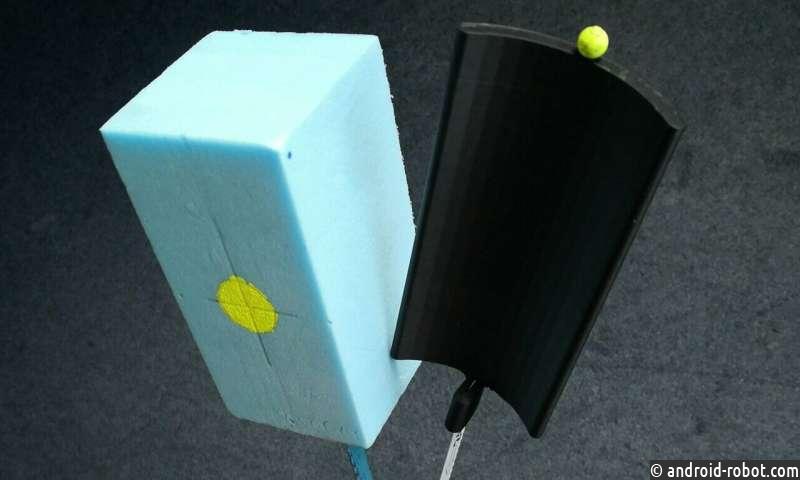A new design based on aspen leaves can help provide strong support for future missions to Mars, say engineers and scientists from the University of Warwick.
Engineers often take inspiration from nature. This is not surprising, since evolution has developed optimal solutions for many different problems over the years. Researchers from Warwick found a new possible source of backup power for future planetary missions, based on a rather atypical source: quivering aspen leaves (aka quivering poplars).
In nature, plant leaves can shiver themselves – this is one of the ways to thermoregulate them. Although the absorption of sunlight by them is necessary to start the process of photosynthesis, overheating of the leaves, which may occur due to too much heat absorption, can also stop the whole process. In particular, the leaves of aspen poplars are trembling very noticeably, but this movement, according to scientists, is not aimed at producing energy. This may be due to the cooling of the trees.

In recent years, students from Warwick have studied this seemingly simple movement of the leaves. Then scientists from the same university went even further by conducting special tests to check whether a single mechanism of shaking leaves efficiently generates energy, including for human needs.
It has been proven that the mechanism demonstrated by aspen leaves really works and can generate electricity even without the presence of strong wind. This means that it will probably also work on Mars, a planet with a thin atmosphere, in which the horizontal “air” movement is rather weak, so the wind usually does not have much power.
It turns out that aspen leaves under a weak wind are shaking much longer – mainly because of the flat shape of their petioles. Researchers are now trying to reproduce the same structure using a cantilever beam, which acts as a flat leaf barrel, while a specially designed curved blade mimics the sheet itself in this model. The resulting design moved with a weak wind easier than the narrowed screws, traditionally used to generate energy from the wind. The team did not even have to duplicate the complex rotation of the leaf trunk – it was enough to simply recreate the curved leaf and its flat tail.
The main advantage of the new solution from the point of view of the study of other planets and hard-to-reach parts of the Earth, explains the main author of the work Sam Tucker Harvey, is a method of generating energy without using mechanical bearings that can stop working at extremely low temperatures and also become easily covered with dust and sand.

Although the amount of energy produced in this way is very small, it can efficiently power, for example, wireless sensors, including weather sensors, installed in such remote places as the Arctic or Antarctica, or in places where solar energy production is inefficient. Such a source of energy could theoretically save the solar rover Opportunity, which was the victim of a dust storm on Mars in 2018.
The next step is to develop a similar energy production system that can be deployed on a larger scale. This will probably take some time, but one day the planetary rovers will be equipped with standard “quivering leaves” power sources.


